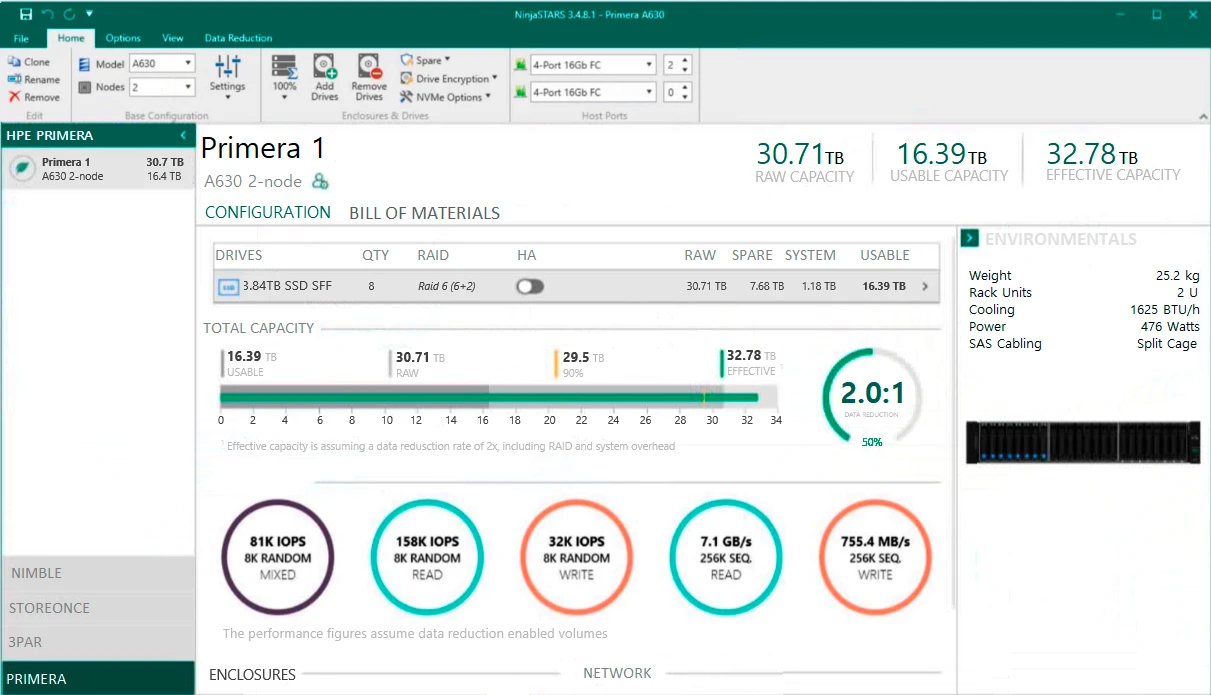
You are designing a new Primera solution and demonstrating performance numbers to the customer. The customer reviews the configuration and requests a change to the configuration that will increase Random Write IOPS.
Which action will satisfy the customer request?